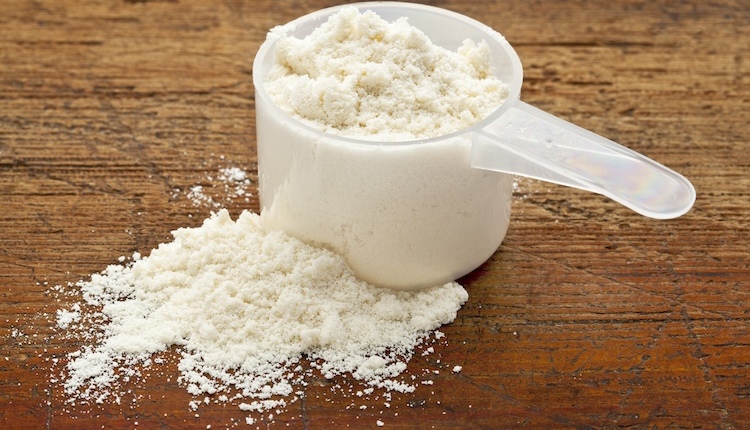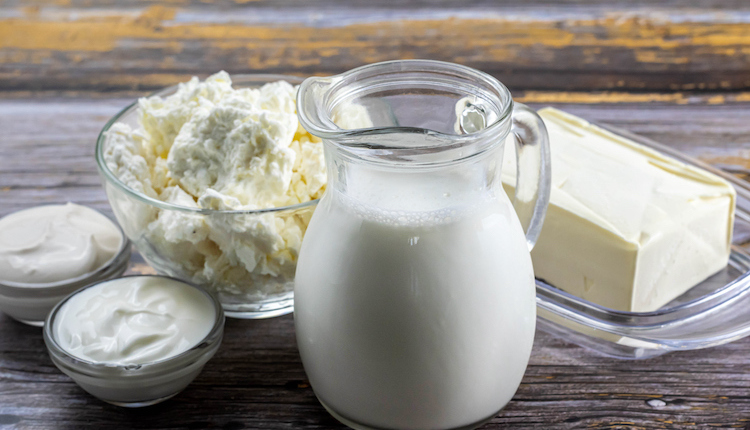
Chinese consumers prefer pizza with Mozzarella that has a different color, more stretch, and browning capabilities than what we offer in the U.S. Our research network helped solve those needs.
I often think about wine when I think about cheese, but it has nothing to do with pairing suggestions. Instead, I go back to a very pivotal moment for U.S. winemakers, to what is known as the “Judgment of Paris” in 1976.
During a blind tasting competition, California wines pulled off the unthinkable upset over their French counterparts. It was a moment that forever changed international perceptions of U.S. wine.
U.S. cheesemakers experienced a similar breakthrough at the 2019 World Cheese Awards. There, our cheesemakers claimed 131 medals. But our disruptive moment came when — for the first time — a U.S. cheese was crowned world champion. Rogue Creamery’s Rogue River Blue from Oregon beat more than 3,800 entries from 42 countries!
This was not by accident. The U.S. has been experiencing a renaissance in cheesemaking. We’re now known for producing much more than just the yellow sandwich slices that I enjoyed as a child!
Research and innovation drive salesU.S. cheese is on the scene thanks to research, which is the engine that drives innovation, and innovation drives sales. According to USDA’s latest per capita data, Americans enjoyed 38.6 pounds of cheese in 2019. This represents 9% growth over the last five years.
Product research is an ongoing priority for the
National Dairy Foods Research Center program that receives checkoff funding nationally and locally. There are six regionally based centers affiliated with a network of universities that collaborate with farmer-founded organizations National Dairy Council, Innovation Center for U.S. Dairy, and U.S. Dairy Export Council. Processors and manufacturers also provide financial resources.
So, how are U.S. cheesemakers benefitting? Here are four ways:
Artisan/Specialty Cheese: There is tremendous growth in this segment with U.S. cheeses offering richer and more flavorful experiences. This includes new flavors, textures, and different ingredients. Spicy cheese is no longer just Pepper Jack — we now have Siracha and Ghost Pepper. Ethnic cheeses such as Hispanic options are resonating with consumers. In fact, Hispanic-style varieties experienced 28% growth the last five years.
Exports: New technologies allow more U.S. cheese to reach international markets that maintains its optimal quality. We’ve invested in technologies such as “super-chilling” that extends the shelf life from 30 to 90 days without freezing.
Functionality and performance: Cheese is so versatile that our researchers explore ways it can be adapted to various needs, including internationally. For example, Chinese consumers prefer pizza with Mozzarella that has a different color, more stretch, and browning capabilities than what we offer in the U.S. Our research network helped solve those needs.
Snacking Cheese: This segment also is growing, beginning years ago with string cheese. Today, you’re seeing dried cheese wafers or cheese balls and popular cheeses that always came in blocks offered as cubes, slices, shreds, or wedges. Also, our texture research for cubes led to the product not becoming a crumbly mess by the time it reaches the store.
Our research network will continue developing the science and offering expertise that ultimately leads to innovation and more products that catch the consumers’ attention.
And that is how you win in the marketplace!
To learn more about your national dairy checkoff, visit
www.USDairy.com or send a request to join our
Facebook group. To reach us directly, send an email to
TalkToTheCheckoff@dairy.org.
To comment, email your remarks to intel@hoards.com.(c) Hoard's Dairyman Intel 2021 March 22, 2021









